Osaka's Electric Heart: A Visual Travel Essay on Dotonbori, Neon Streets, and Kuidaore
From Neon Glare to Sizzling Takoyaki: Explore the sensory overload of Osaka's vibrant street scenes and the dazzling, reflection-filled Dotonbori Canal at night.
There are cities you visit, and then there are cities you feel. Osaka, the undisputed culinary capital of Japan, falls squarely into the latter category. It is a city that does not wait for you to approach; it rushes forward, embraces you in a whirlwind of savoury steam and neon light, and demands that you wander. To simply observe Osaka is impossible; the city insists on total immersion, pulling the traveller through its dense, dynamic street scenes that pulse with an unmistakable, brazen energy.
My initial steps into the Minami district were immediately swallowed by the tide of movement. Beneath the immense, covered arcades and along the bustling surface streets, the visual spectacle is overwhelming. Walls are plastered in vibrant, blocky kanji signage, competing loudly for attention, while the air is thick with the scent of sizzling sauces and burning oil. This is where the city’s famous culinary soul, kuidaore—to eat oneself to ruin—becomes a tangible force. The visuals supporting this segment are the bustling, shoulder-to-shoulder crowds, the careful art of the takoyaki vendor turning balls of batter on a hot plate, and the sheer density of human activity—a true portrait of modern urban chaos harnessed into dazzling efficiency.
Yet, true wandering involves discovering the pauses between the roars. A few steps off the main drag, the volume drops, and the visual mood shifts dramatically. Here, in the narrow, stone-paved alleyways—the atmospheric yokocho—the lighting softens to the warm glow of paper lanterns, reflecting off the damp cobblestones. Even near the cacophony of Namba, these quiet pockets offer a temporary sanctuary. It is in these spaces that the lens captures not the speed of the city, but its texture: the moss-covered lanterns of a tiny, ancient temple or the steam curling from the sliding door of a hidden izakaya. This dual nature—the frantic rush alongside the serene retreat—is essential to understanding the rhythm of Osaka.
But the city reserves its grandest visual performance for the Dotonbori Canal at night. As dusk falls, the scene transforms into a chrome-and-electric stage. The focal point of the visuals here is undeniably the canal’s edge, a vertical explosion of light that plunges into the dark water. The legendary Glico Running Man, arms raised in triumph, dominates one bank, while on the other, colossal, animated fixtures—the massive, scuttling crab, the glowering pufferfish, the dragon’s head—jut out over the crowds. The reflection of these brilliant, eccentric signs on the black surface of the Dotonbori Canal provides the crucial visual depth, doubling the spectacle and creating an electric mirror of Osaka’s irrepressible spirit. This is the moment where the city truly shines, a glittering testament to its love of performance, food, and life lived in high definition.
To wander Osaka is to follow the promise of light and flavour, tracing a path from the overwhelming neon spectacle to the quiet dignity of a lantern-lit alley. The visual memories are not static; they are the vibrant blur of a thousand faces, the glossy sheen on the canal water, and the audacious glow of a mechanical crab presiding over the ultimate street party. This city is a moving picture, and I was thrilled to be swept along in its current.
Thanks for reading… until next time! Happy travels.



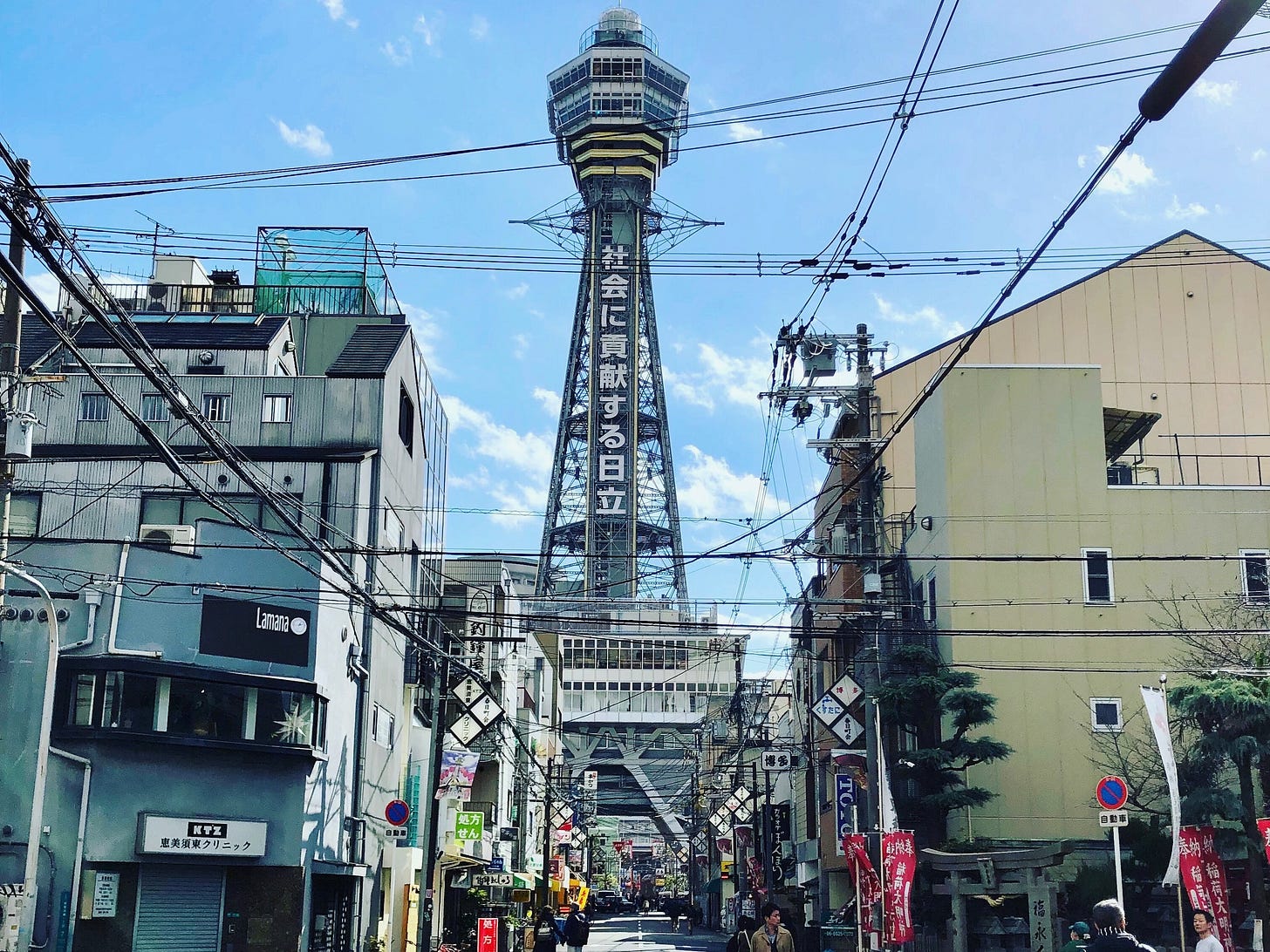
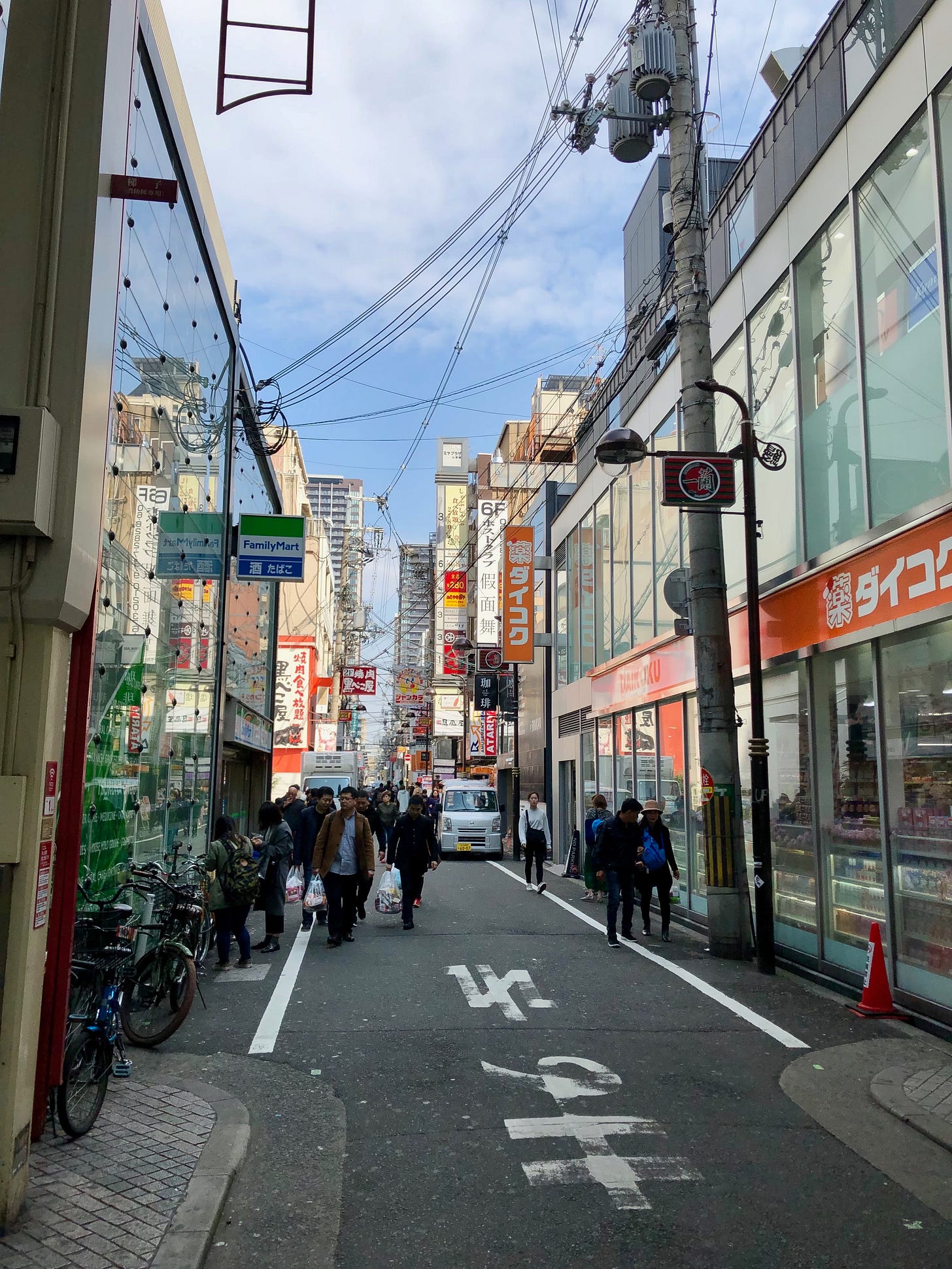

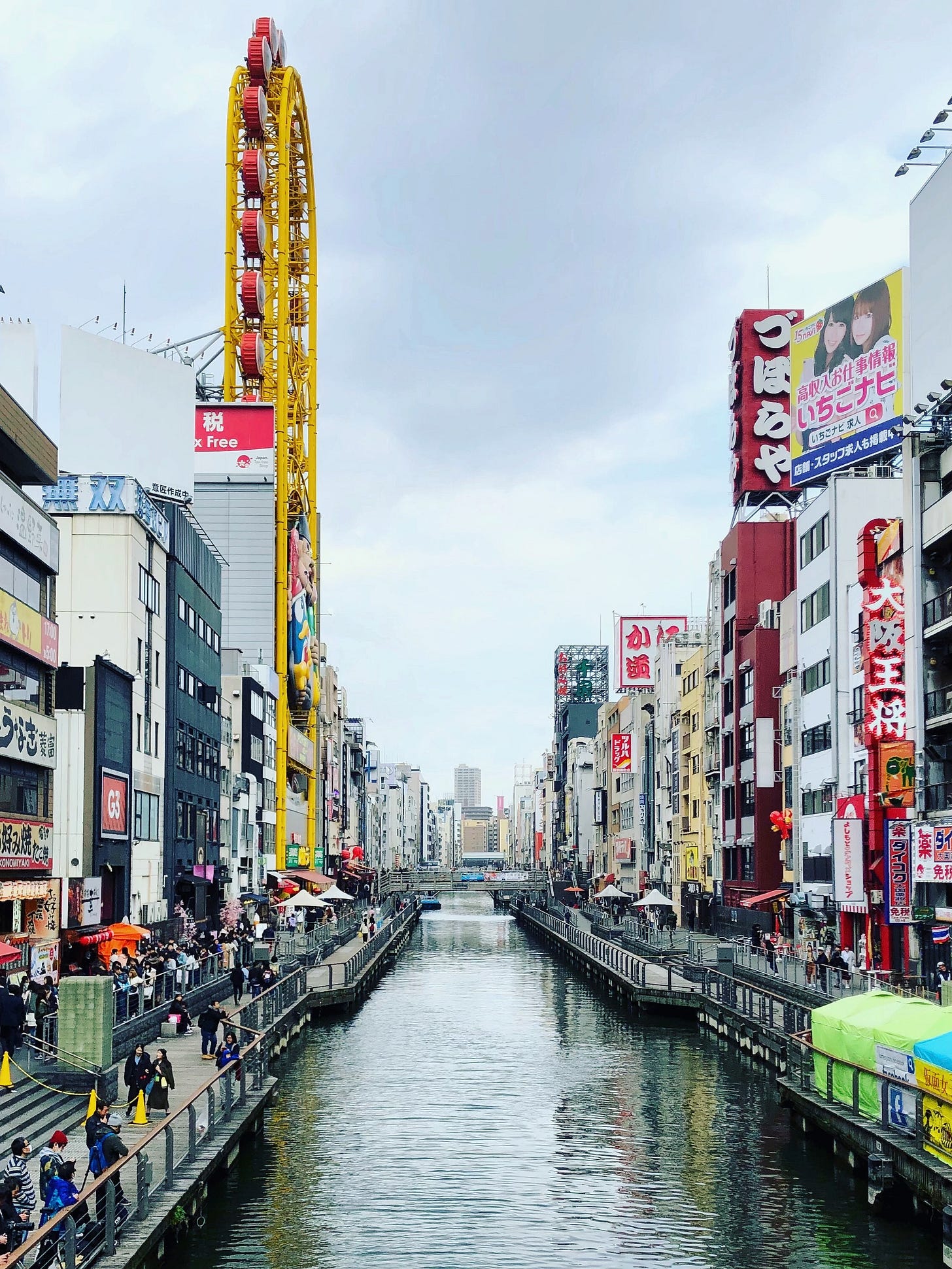
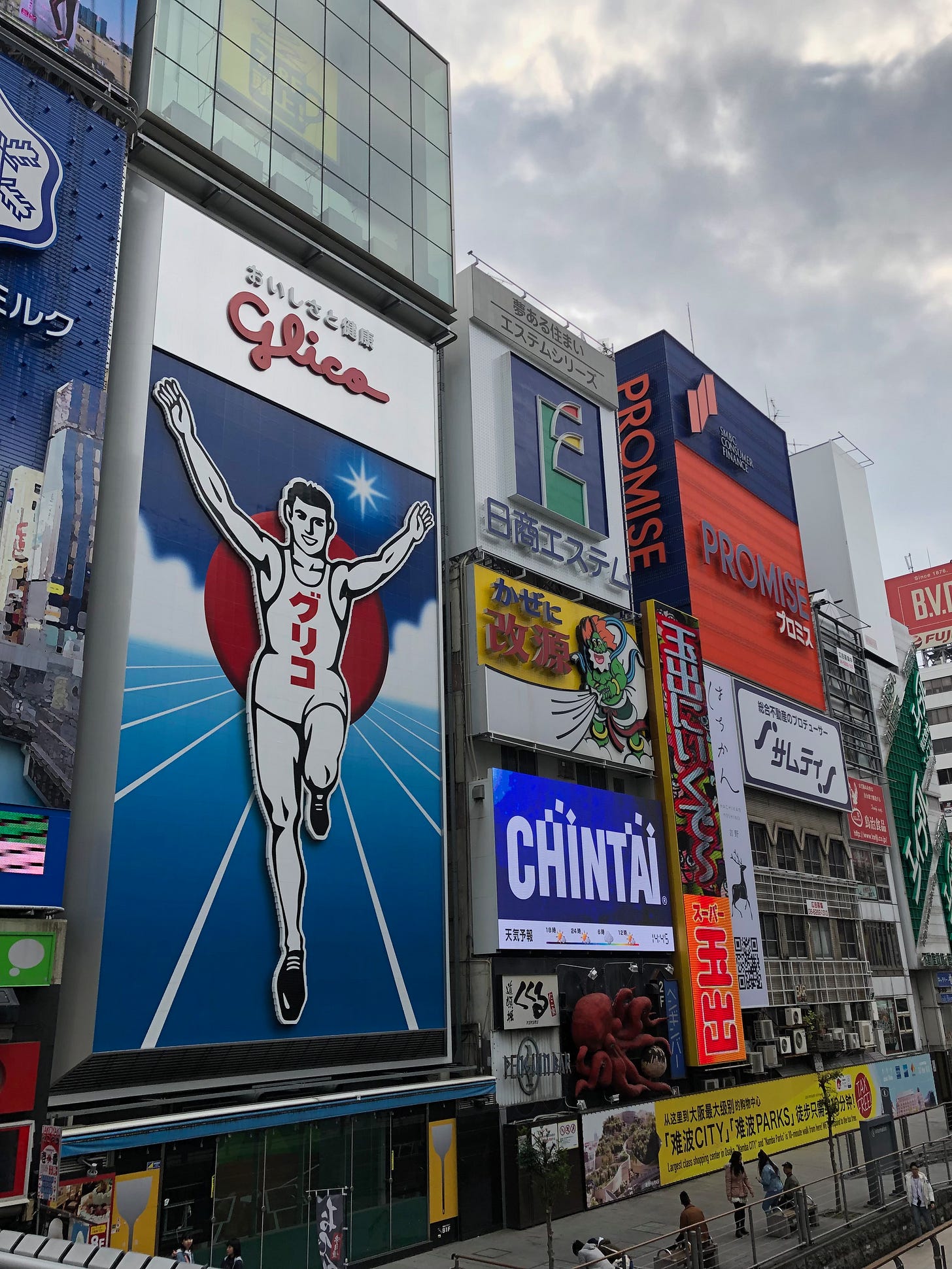

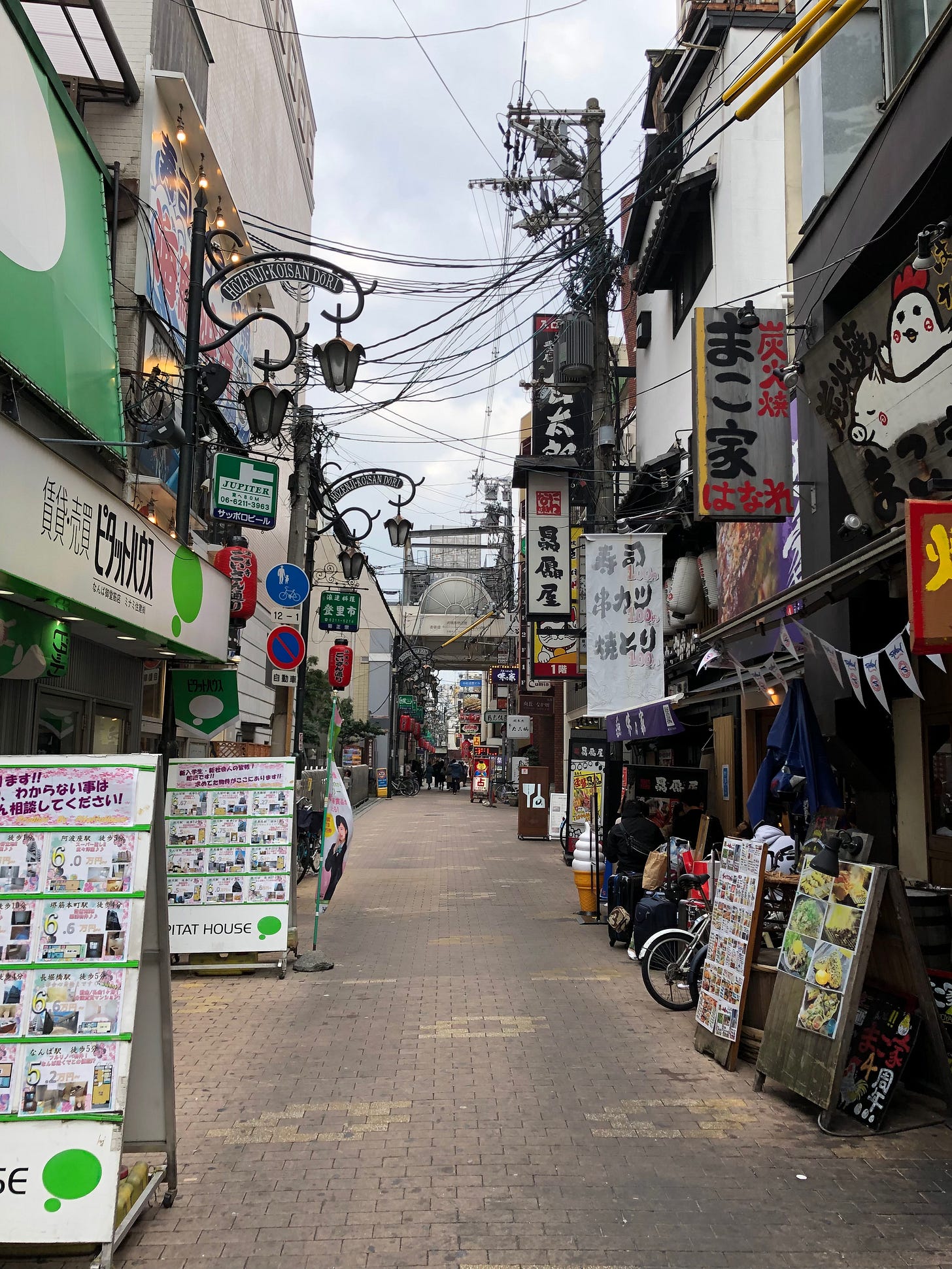

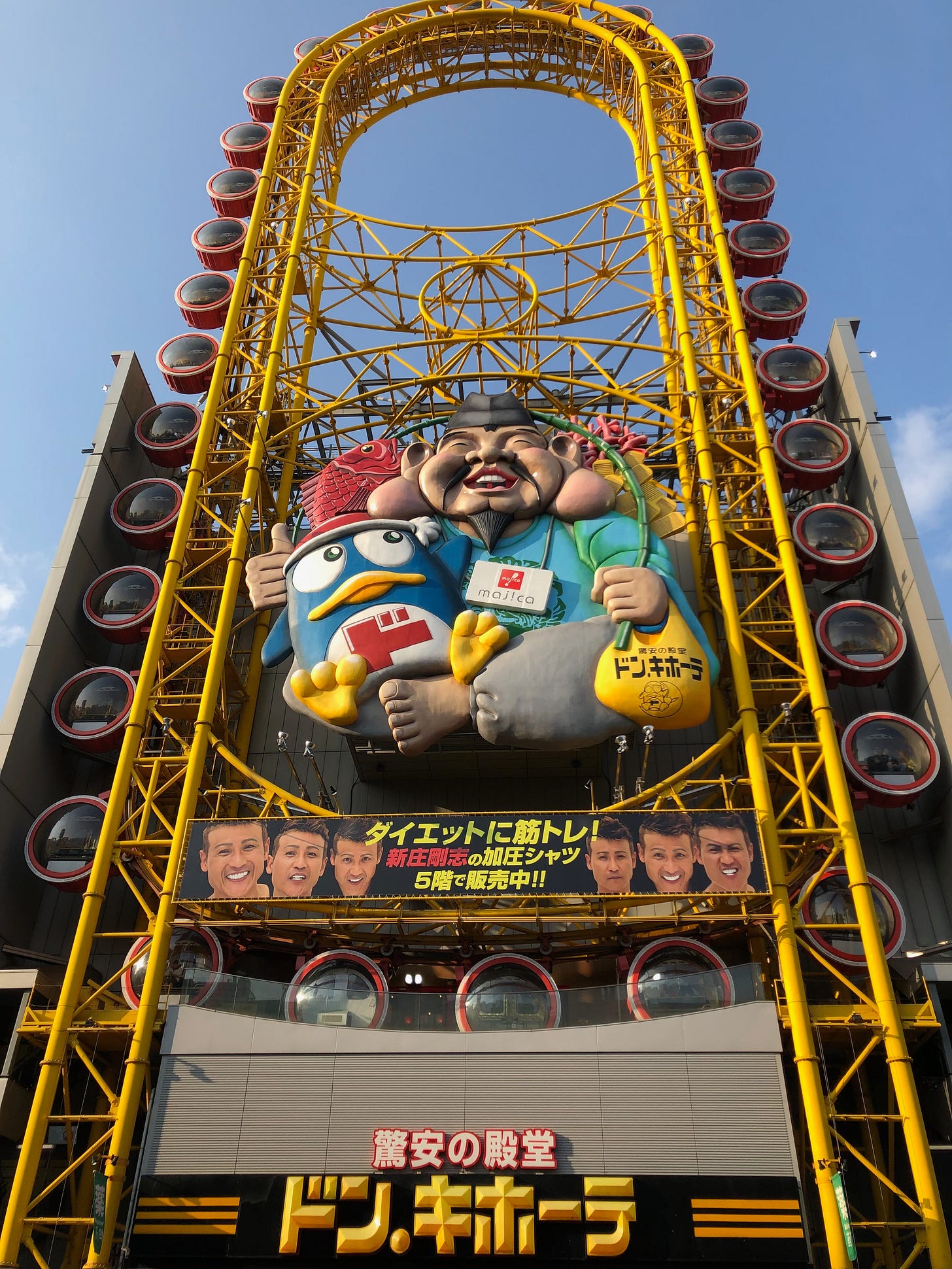



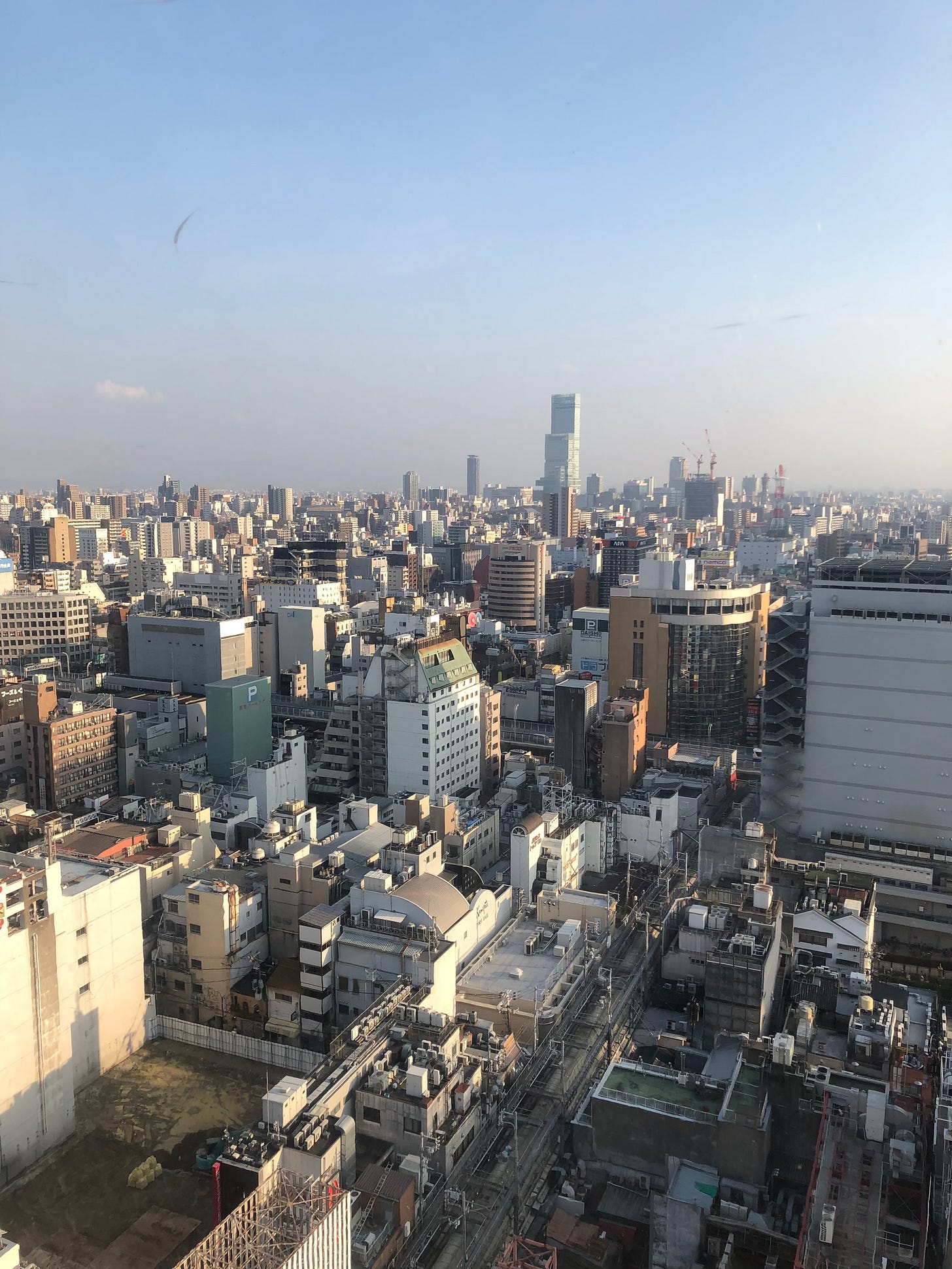
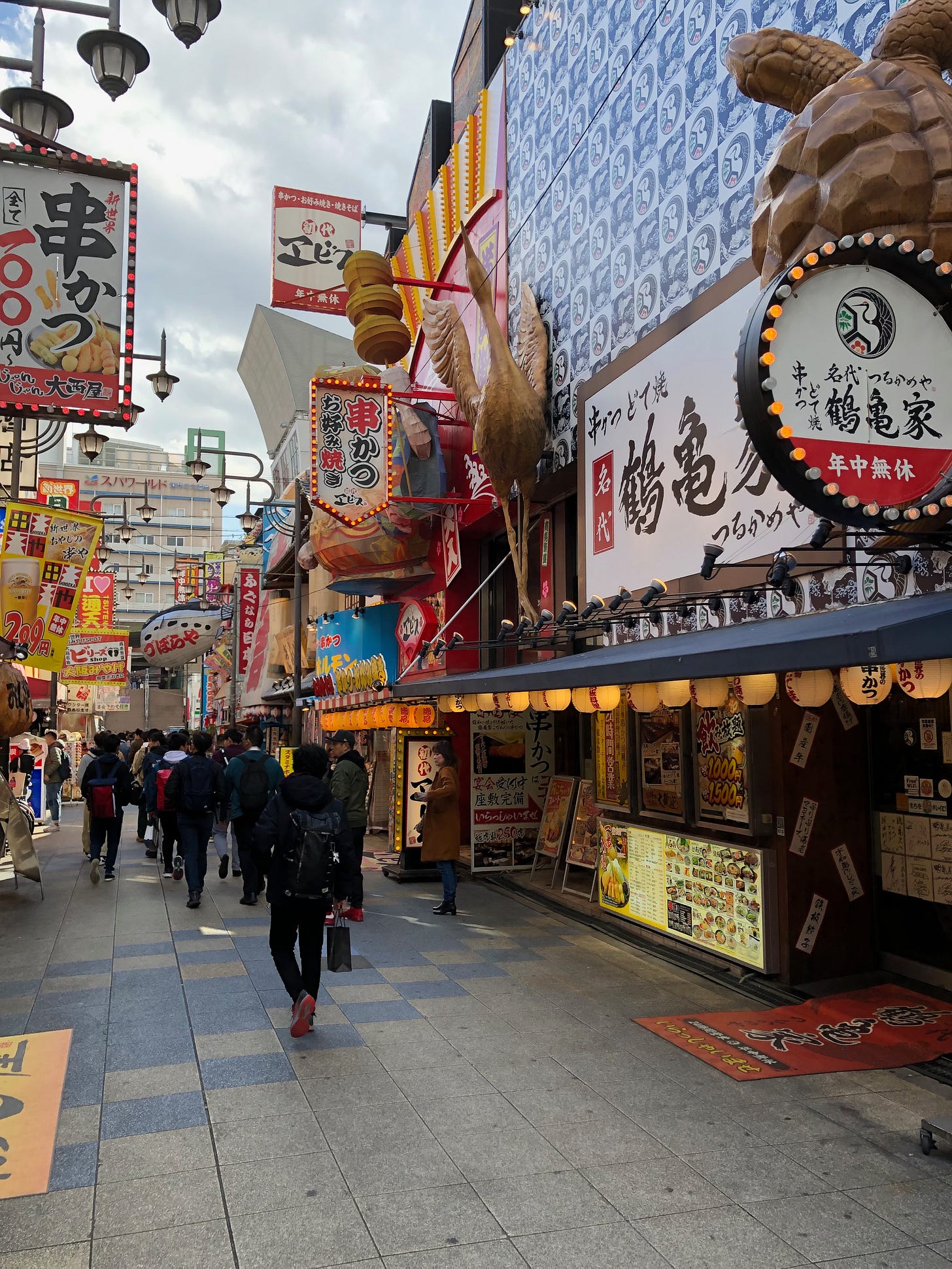

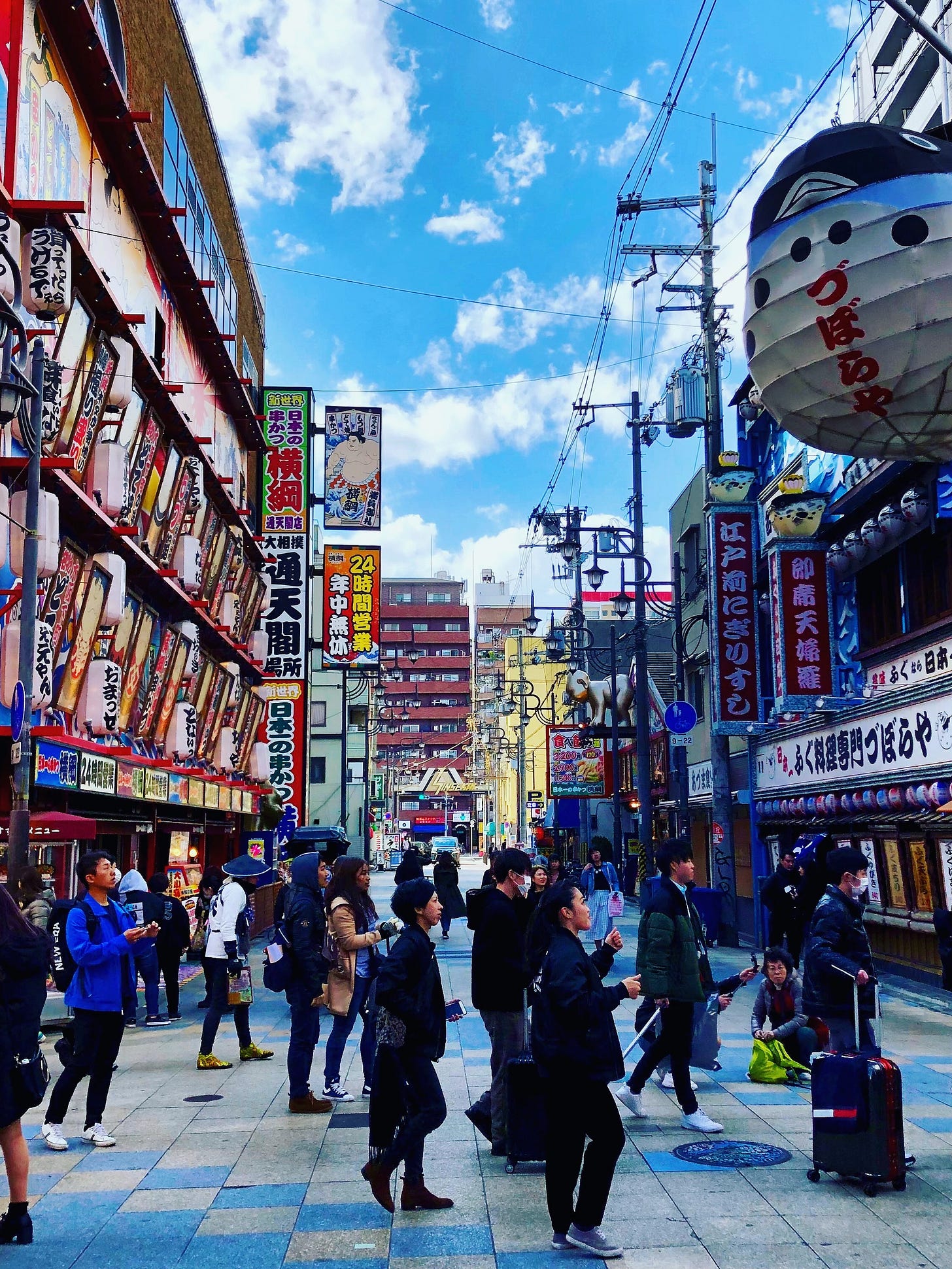
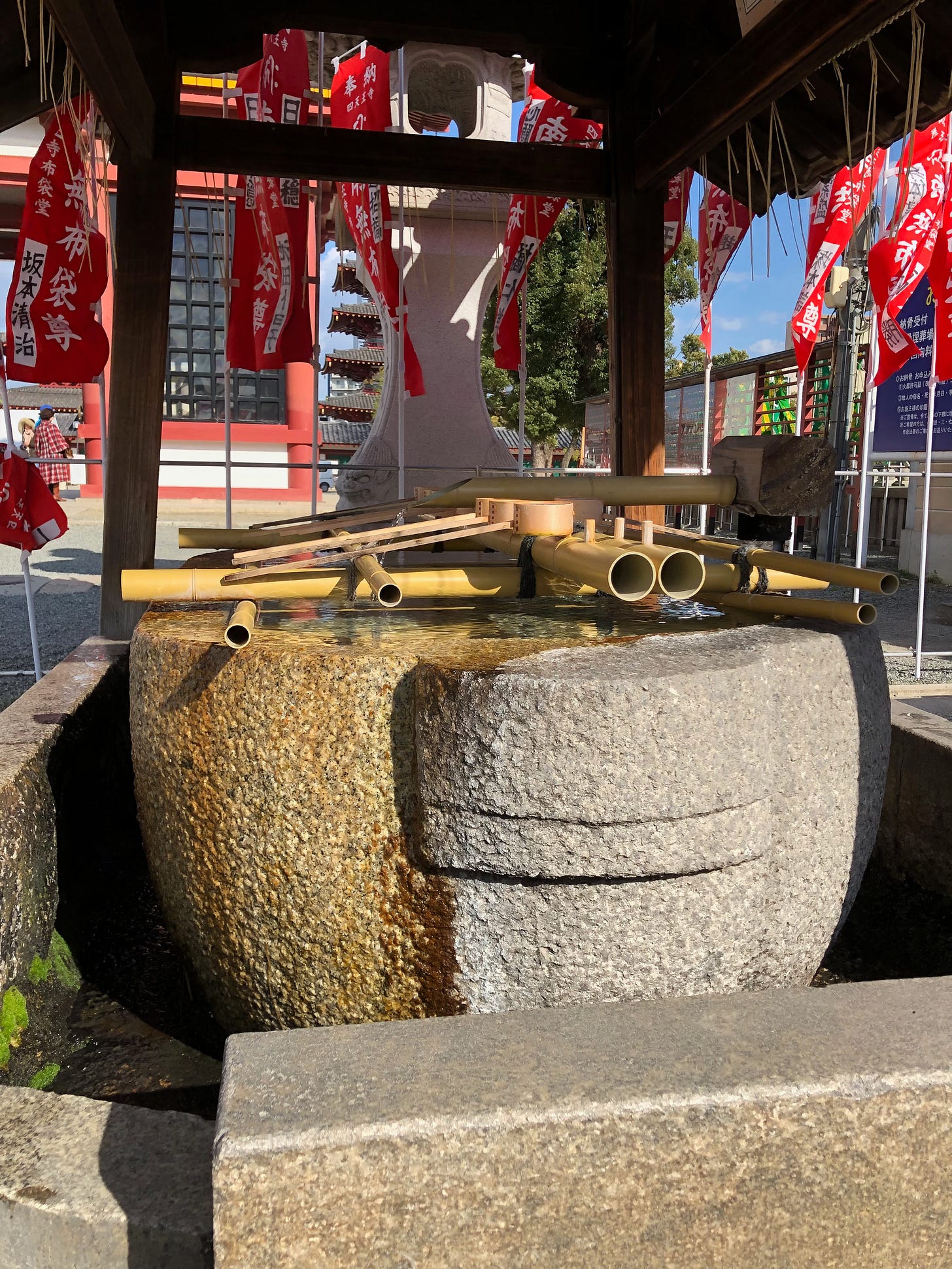
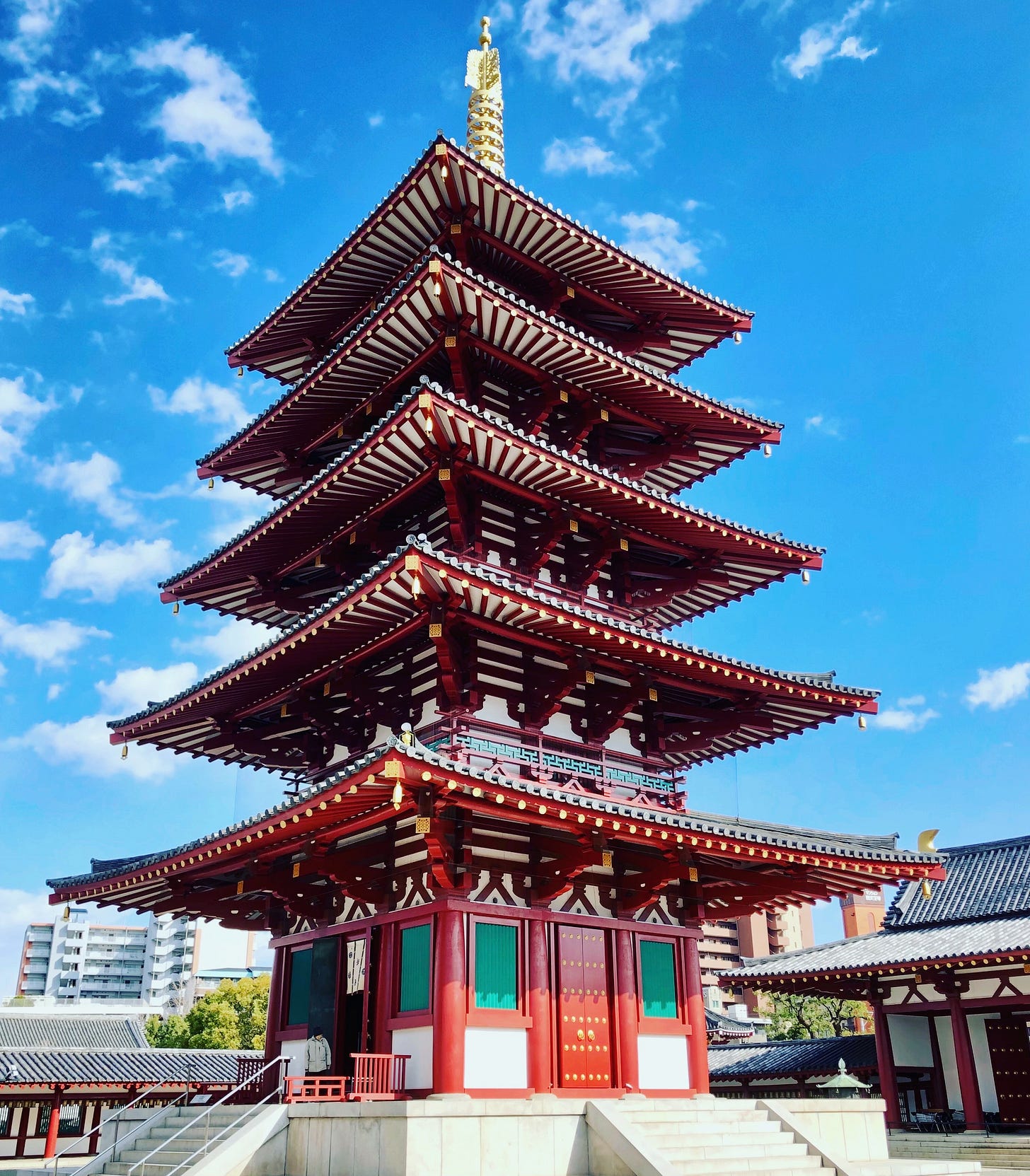
You captured the neighborhood perfectly!
Wandering the Dotonbori is an unforgettably visceral experience. Thanks for taking us back there!